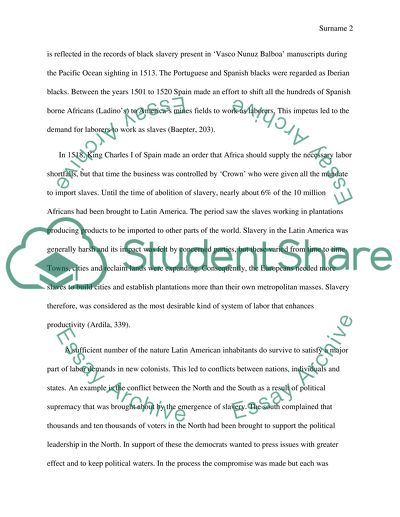Cite this document
(“The Slavery in latin America before the 20th century Research Paper”, n.d.)
The Slavery in latin America before the 20th century Research Paper. Retrieved from https://studentshare.org/literature/1470146-the-slavery-in-latin-america-before-the
The Slavery in latin America before the 20th century Research Paper. Retrieved from https://studentshare.org/literature/1470146-the-slavery-in-latin-america-before-the
(The Slavery in Latin America before the 20th Century Research Paper)
The Slavery in Latin America before the 20th Century Research Paper. https://studentshare.org/literature/1470146-the-slavery-in-latin-america-before-the.
The Slavery in Latin America before the 20th Century Research Paper. https://studentshare.org/literature/1470146-the-slavery-in-latin-america-before-the.
“The Slavery in Latin America before the 20th Century Research Paper”, n.d. https://studentshare.org/literature/1470146-the-slavery-in-latin-america-before-the.


